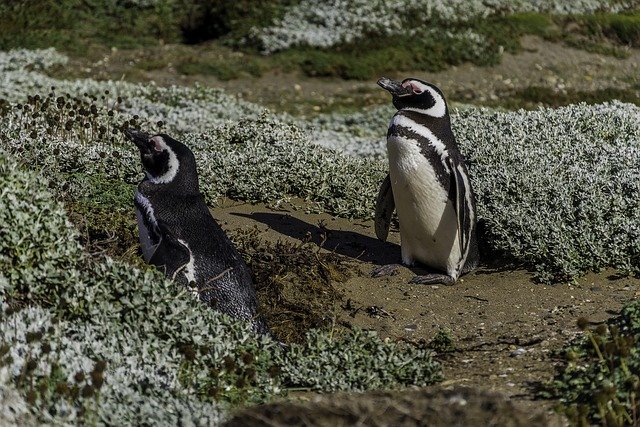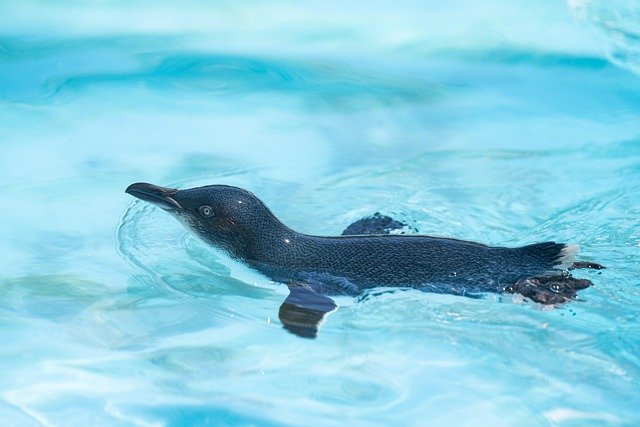**Title: "The Social Structure of Penguins: How These Flightless Birds Thrive in Colonies"

The Social Structure of Penguins: How These Flightless Birds Thrive in Colonies
Penguins are fascinating creatures that have adapted remarkably to their harsh environments. These flightless birds, primarily found in the Southern Hemisphere, are known for their unique social structures that play a crucial role in their survival. In this post, we will explore how penguins thrive in colonies, the dynamics of their social interactions, and the benefits of living in large groups.
The Importance of Colonies
Safety in Numbers
One of the primary reasons penguins form colonies is for protection against predators. By living in large groups, they can reduce the risk of individual predation. Species such as seals and birds of prey often target solitary penguins, making a colony a safer option.
Cooperative Breeding
Many penguin species exhibit cooperative breeding behaviors, where multiple adults help care for the young. This social structure allows for greater survival rates for chicks, as they benefit from the collective efforts of the colony.
Social Hierarchy
Dominance and Rank
Within penguin colonies, a social hierarchy often exists. Dominance hierarchies can influence access to resources, mating opportunities, and nesting sites. Higher-ranking individuals may receive preferential treatment, but they also bear the responsibility of defending their territory and young.
Communication
Penguins rely heavily on vocalizations and body language to communicate with one another. Each species has its own distinct calls, which help individuals identify mates, warn of danger, or locate their chicks. This complex communication system is vital for maintaining social bonds within the colony.
Social Behaviors
Group Dynamics
Penguins exhibit a range of social behaviors, including grooming, play, and group foraging. Grooming not only helps maintain feather health but also strengthens social bonds among individuals. Playful interactions, especially among chicks, are essential for developing social skills and establishing relationships.
Foraging in Groups
When foraging for food, penguins often hunt in groups. This cooperative behavior increases their efficiency in locating and capturing prey, such as fish and krill. By working together, they can also deter larger predators and improve their chances of a successful hunt.
Conclusion
The social structure of penguins is a testament to their adaptability and resilience in challenging environments. By thriving in colonies, these remarkable birds not only enhance their chances of survival but also create a complex social network that fosters cooperation and communication. Understanding these dynamics offers valuable insights into the lives of penguins and highlights the importance of preserving their habitats for future generations.
References
Feel free to share your thoughts or experiences with penguins in the comments below!

Upvoted! Thank you for supporting witness @jswit.